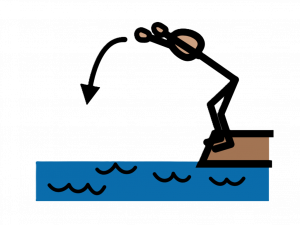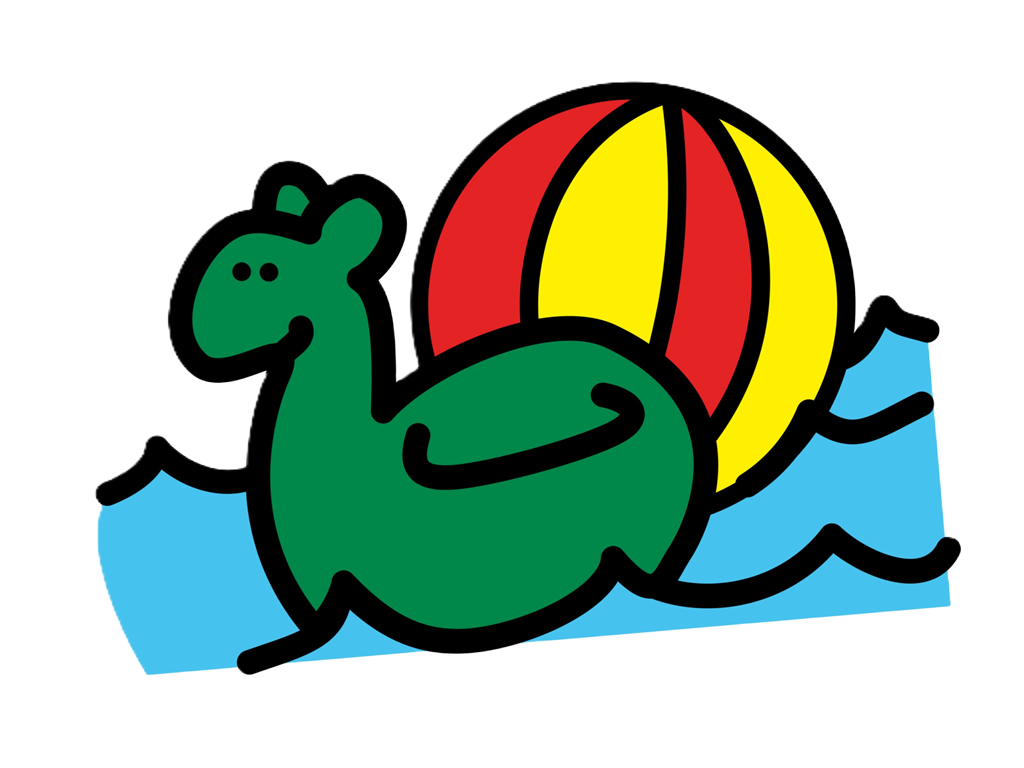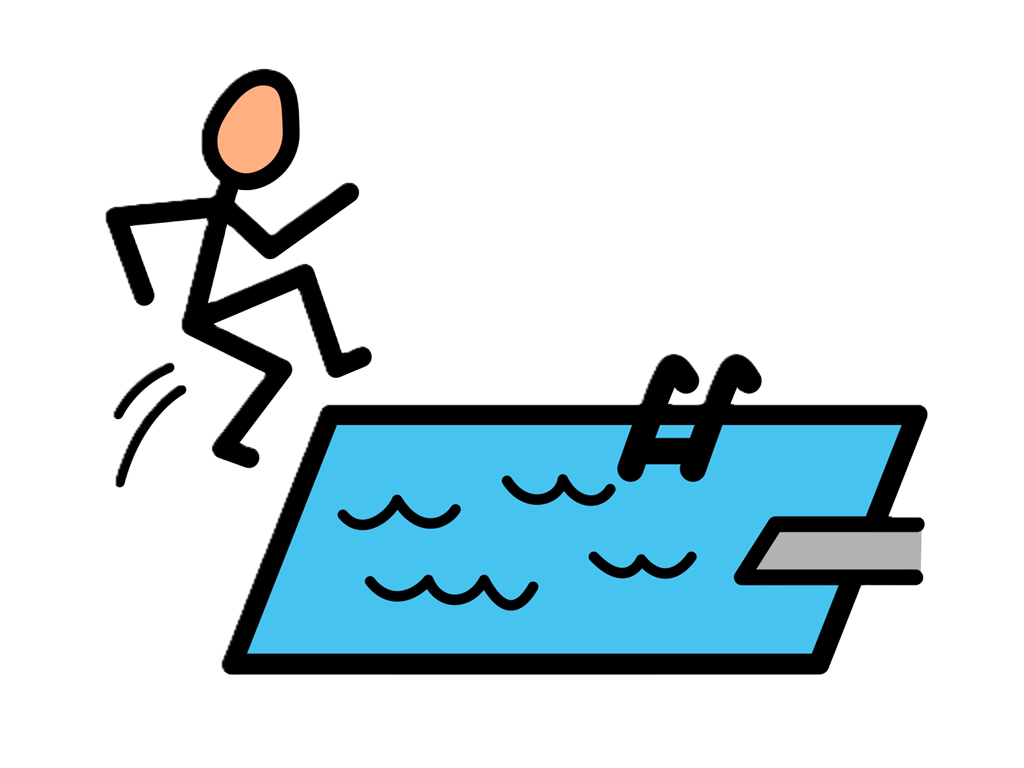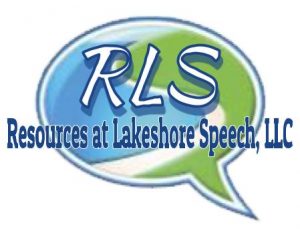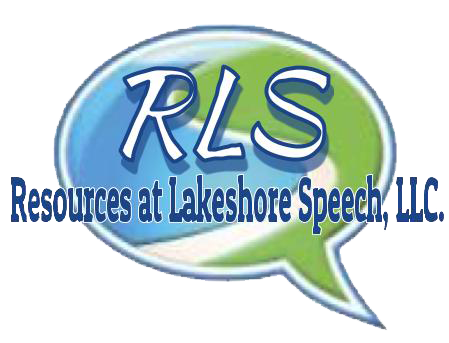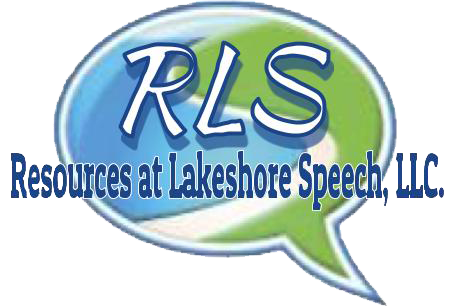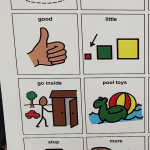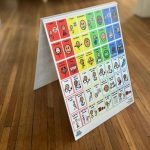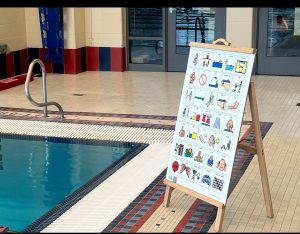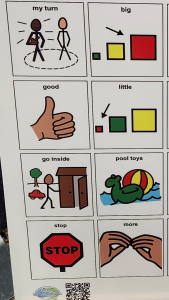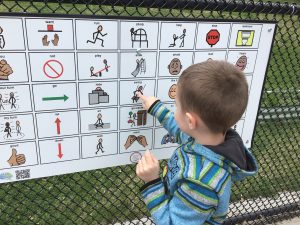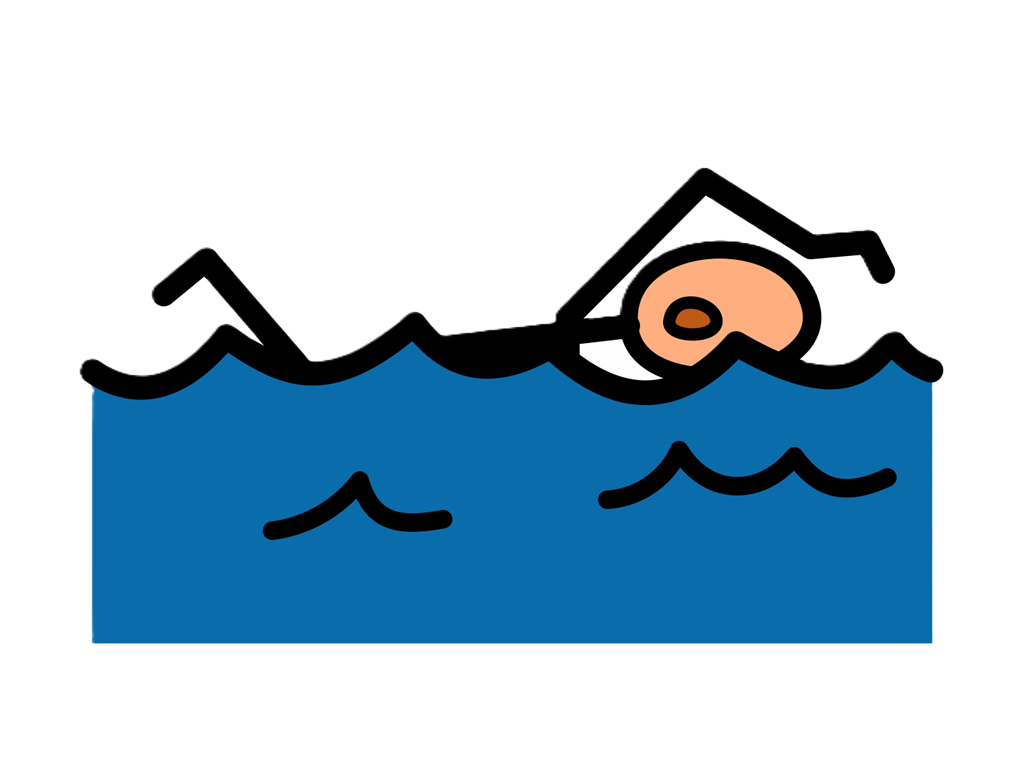
Introduction
Public pools and splash pads are a hub of activity during the warmer months. They bring together families, friends, and individuals looking to cool off and enjoy recreational time. However, for individuals with speech and language disabilities, these aquatic spaces can pose communication challenges. This is where poolside communication boards come into play. These waterproof, symbol-based tools bridge the communication gap, making swimming and water play more accessible for everyone. In this blog, we will explore how these boards benefit not just swimmers, but caregivers, lifeguards, and the community as a whole.
Enhancing Accessibility for Nonverbal Individuals
One of the most significant advantages of poolside communication boards is their ability to provide a voice to individuals with communication differences. Many people with autism, Down syndrome, cerebral palsy, and other communication disorders rely on augmentative and alternative communication (AAC) methods. Since electronic AAC devices are not practical near water due to the risk of damage, static communication boards offer a durable, effective solution. By using waterproof boards with symbols representing essential words like “help,” “stop,” “more,” and “bathroom,” nonverbal individuals can express their needs clearly and effectively.
Promoting Safety in Aquatic Environments
Safety is paramount in and around water. Poolside communication boards enhance safety by allowing individuals who may struggle with verbal expression to convey distress, ask for assistance, or follow lifeguard instructions. A well-designed board includes safety-related vocabulary such as “danger,” “hurt,” “out,” and “cold.” This allows swimmers, lifeguards, and caregivers to quickly communicate, reducing the risk of misinterpretation and improving response times in emergencies.
Moreover, these boards empower lifeguards to communicate more effectively with swimmers who have speech delays or language barriers. In a high-noise environment like a pool, visual communication tools can reinforce verbal commands and provide clarity in urgent situations.
Supporting Inclusive Play and Social Interaction
Pools and splash pads should be spaces of inclusion where everyone can enjoy social interaction. Communication boards promote inclusive play by giving children who use AAC an opportunity to engage with their peers. When communication is made accessible, children can ask to join games, take turns, or express enjoyment. This fosters friendships and encourages socialization, breaking down barriers that often exclude nonverbal children from group activities.
For children who are unfamiliar with AAC, poolside boards serve as an introduction to alternative communication methods. When all children can use the board, it normalizes different ways of communicating and creates a more inclusive play environment.
Assisting Multilingual Families
Another significant benefit of poolside communication boards is their usefulness for multilingual families. Public pools attract a diverse community where not everyone speaks the same language. While language differences can sometimes create challenges in understanding pool rules or safety guidelines, visual symbols transcend linguistic barriers. A well-placed board with universally recognized symbols allows families of different language backgrounds to understand and follow essential poolside instructions, making public pools more welcoming and accessible to all.
Reducing Caregiver Stress and Increasing Confidence
For parents and caregivers of children with communication differences, a trip to the pool can be daunting. Concerns about their child’s ability to express their needs or follow safety instructions can lead to anxiety. Poolside communication boards alleviate some of this stress by providing a reliable tool for communication. Parents can use the board to reinforce instructions, clarify expectations, and support their child’s independence in the water.
Additionally, caregivers of adults with disabilities can also benefit from these boards. Whether assisting a nonverbal teenager or an adult with aphasia, having a shared communication tool fosters confidence and reduces frustration for both the caregiver and the individual.
Encouraging Communities to Embrace Inclusive Design
Inclusive design benefits everyone, and poolside communication boards are a perfect example of a small change that has a big impact. When municipalities and private facilities invest in communication boards, they demonstrate a commitment to accessibility and inclusion. This, in turn, fosters a sense of community where all individuals—regardless of their communication abilities—feel welcome and valued.
Advocating for the installation of communication boards at local pools can be a meaningful project for community groups, nonprofits, and even individuals looking to make a difference. Many communities have successfully implemented these boards through grants, donations, or partnerships with speech-language pathologists and disability advocacy organizations.
Best Practices for Implementing Poolside Communication Boards
For poolside communication boards to be most effective, several best practices should be considered:
- Placement: Install boards at eye level near entrances, seating areas, and lifeguard stations for maximum visibility.
- Durability: Use waterproof, UV-resistant materials to withstand sun exposure and frequent use.
- Symbol Selection: Include core vocabulary words alongside pool-specific terms to ensure comprehensive communication options.
- Multilingual Options: Consider incorporating multiple languages alongside symbols to accommodate diverse communities.
- Education and Awareness: Train staff and lifeguards on how to use the board effectively and encourage public awareness through signage or social media.
Conclusion
Poolside communication boards are more than just a helpful tool for swimmers—they enhance safety, promote inclusivity, and support a diverse range of individuals. By making communication accessible in aquatic environments, these boards ensure that pools and splash pads are welcoming spaces for all. As communities continue to prioritize accessibility, incorporating communication boards at public swimming areas is a simple yet powerful step toward inclusivity.
Whether you are a parent, caregiver, speech-language therapist, or community advocate, you can play a role in bringing these vital resources to your local pool. By raising awareness and supporting their implementation, we can ensure that everyone—regardless of their communication abilities—has a voice at the poolside.
Do you want to see poolside communication boards in your community? Reach out to local officials, pool administrators, or disability advocacy groups to start the conversation today!
